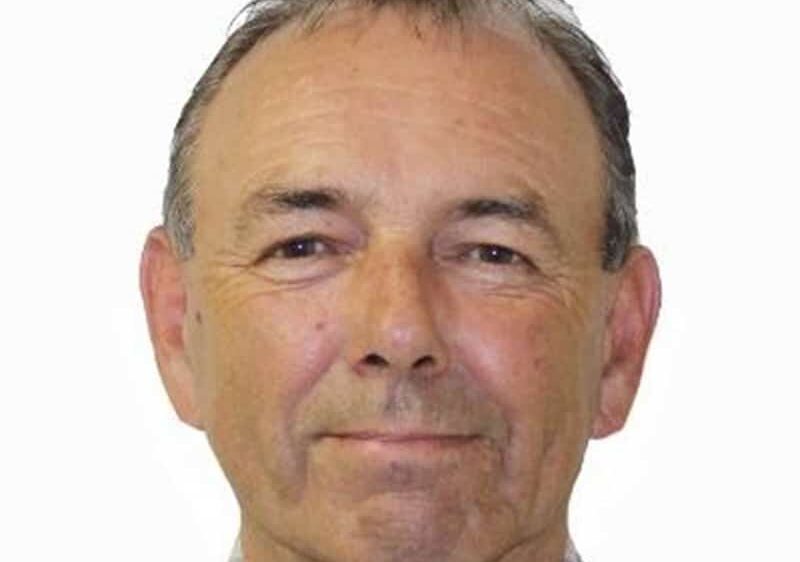
Gordon Hart
Stakeholder Relations Manager, Efficiency Nova Scotia
Baddeck, Nova Scotia
Powering positive partnerships
In 2017, as a project manager with Efficiency Nova Scotia, Gordon Hart helped pilot the Mi’kmaw Home Energy Efficiency Project (MHEEP), which is providing free home energy assessment and energy efficiency upgrades to homes across Nova Scotia’s 13 Mi’kmaq First Nations. When the position later came up for a stakeholder manager to work directly with the communities, he jumped at the chance.
It’s been a great success since day one.
“We were boots on the ground in May 2018,” Hart recalls. “The first year, we delivered to a hundred homes, which I thought was ambitious. The second year, we delivered 110 homes.” In those first two years, by switching homes from oil furnaces to mini-split heat pumps, the program averted the release of approximately 580 tonnes of greenhouse gases into the atmosphere, Hart says.
Efficiency Nova Scotia almost tripled that number in the program’s third year, when it forecasted it would retrofit about 300 homes. The program is now entering its fourth year, with the service delivery agents signed up, and a goal to cover all 13 of Nova Scotia’s First Nations. Hart hopes the team will retrofit between 450 and 470 homes this year.
“The people love that home comfort that they can achieve with a more efficient home, and of course the benefits of the reduction in our energy consumption. It works out so well for all involved.”
Why the strong uptake? “I attribute it to our professionalism, and how we wanted to include our [Indigenous] brothers and sisters in the partnership arrangement from the beginning,” he says. “We take pride in every little step we take forward and we share these goals and our visions with our partners. Our vision is to look to the future, 10 years ahead, to possibly do approximately 2,500 band-owned homes on the First Nations in Nova Scotia.”
The Government of Canada is investing $10.5 million in this project through the Green Infrastructure Stream of the Investing in Canada infrastructure plan. The Province of Nova Scotia’s department of Energy and Mines is investing $3.5 million. EfficiencyOne initially delivered the program, but it is now run under its Efficiency Nova Scotia operation.
While the adoption numbers are impressive, for Hart, it’s the personal stories that make the work so powerful. Hart recalls an individual Mi’kmaw band member, an elder who struggled with mobility challenges. In the searing heat of summer, each day, he slowly made his way to a nearby air conditioned public building, to seek relief from the heat.
Hart’s team coordinated with the First Nation to set up the elder with a heat pump and upgraded insulation; they also worked on his heat recovery ventilator to ensure good air quality. Since a heat pump can run in reverse as an air conditioner, he no longer needed to commute to cooler air. “He was so, so grateful for the opportunity to relax in his own home during the summer months,” reports Hart.
Hart began his career in construction, and became a certified municipal building inspector with the Province of Nova Scotia. He was moved to do more in 1995, following that year’s release of the National Building Code of Canada. That edition included a bit of material on indoor air quality, but Hart was seeing first hand as a building inspector huge problems with poorly built, sealed, and ventilated homes. “Our people were plagued by black mold and poor indoor air quality conditions,” he says.
As a result, he pursued a certification with the Canada Mortgage and Housing Corporation (CMHC) Protocol with Indoor Air Quality (IAQ), and subsequently worked for CMHC becoming a Indoor Air Quality Investigator. The CMHC subsequently contracted Hart to perform technical services for the five Mi’kmaw nations on Cape Breton Island. (Properly working heat recovery ventilators have since improved the indoor air quality issue tremendously, he notes).
Hart also worked as a construction manager and was instrumental in the construction of passive housing on reserve, with Energuide ratings around 87, with a measured airtightness of 0.91 air changes per hour. With this added value and comfort, band members had more comfortable homes, he says.
Today, Hart wears multiple hats. He works for Efficiency Nova Scotia as their First Nations stakeholder manager, and he’s an active member of the First Nations Building Officers Association. But it’s his Efficiency Nova Scotia work that helps get him out of bed each day: “We are helping improve the lives of hundreds of our Mi’kmaq people.”


